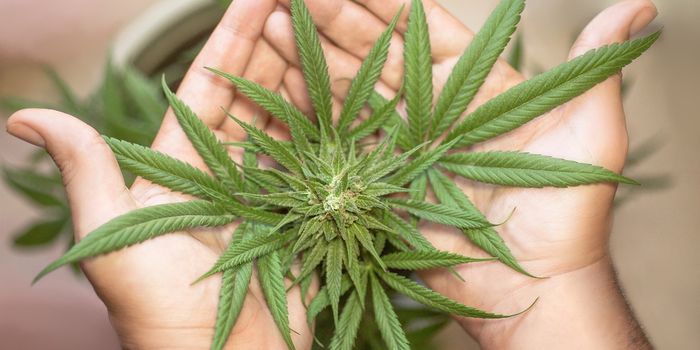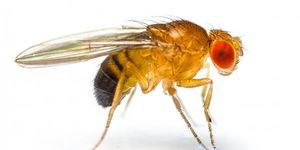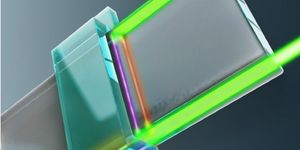New Compound Targets Melanoma Division and Growth
Broccoli, the polarizing cruciferous vegetable, is back in the headlines again. This time, researchers were inspired by a compound rich in this family of vegetables. When the engineered version was tested in a melanoma mouse model, it resulted in a 69 percent reduction in tumor size.
The compound is currently known by a wildly complicated name: napthalamide-isoselenocyanate (NISC-6). The team got to this compound by modifying isoselenocyanate, which just so happens to be quite similar to another chemical found in vegetables, known as isothiocyanate. The natural version is rich in vegetables belonging to the cabbage family, which also includes cauliflower, kale, turnips, collards, Brussels sprouts, cabbage and radish.
NISC-6 has dual action: It blocks the Akt1 pathway, which promotes cell survival and growth, and the human topoisomerase IIα (topo IIα), an enzyme involved in changing the structure of DNA. It’s thought that both Akt1 and topo IIα contribute to melanoma growth.
"When a cell divides and grows, the DNA inside will become tangled much like the way a rope will if you take it and keep turning it in circles, it will get tangled. To untangle the rope you can either cut and join the rope or spend long time turning it in opposite direction to untangle it," explained Deepkamal Karelia, the study’s lead author. "The DNA has the same issue in our cells. To solve the problem, our bodies have a protein called topoisomerase, which cuts the DNA and joins it back to release the stress. What we show in this paper is this compound may be able to inhibit that activity of topo IIα protein -- the DNA is unable to unwind itself."
In lab experiments, NISC-6 caused human melanoma cells to go on a suicide mission. In mice with transplanted human melanomas, the tumors shrank by 69 percent. Furthermore, the team reports the compound has “excellent compliance” to Lipinski’s rule of five - a common pharmaceutical rule of thumb to evaluate if a drug is likely to be orally active, based on its molecular properties. While there are always exceptions to the rule, it’s been noted that compounds which adhere to the rule of five tend to have a higher chance of going to market.
The team has a long road ahead of them. They are still in the process of fully understanding how NISC-6 targets melanoma growth. But as to the link to broccoli, it’s important to remember that while NISC-6 has similarities to a chemical found in the vegetables, eating more of these veggies won’t necessarily do much if the tumor is already there.
"There are a lot of recommendations that, for example, broccoli can reduce your chances of getting cancer," said Dr. Arun Sharma, the study’s senior author. "Those are OK recommendations for prevention, but the compounds in the vegetables alone may not be potent enough to be used in a therapeutic environment."
Additional source: Penn State









